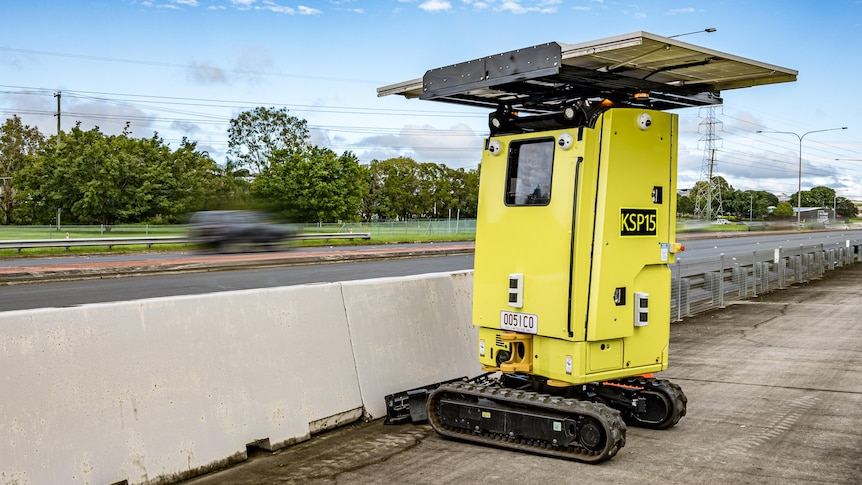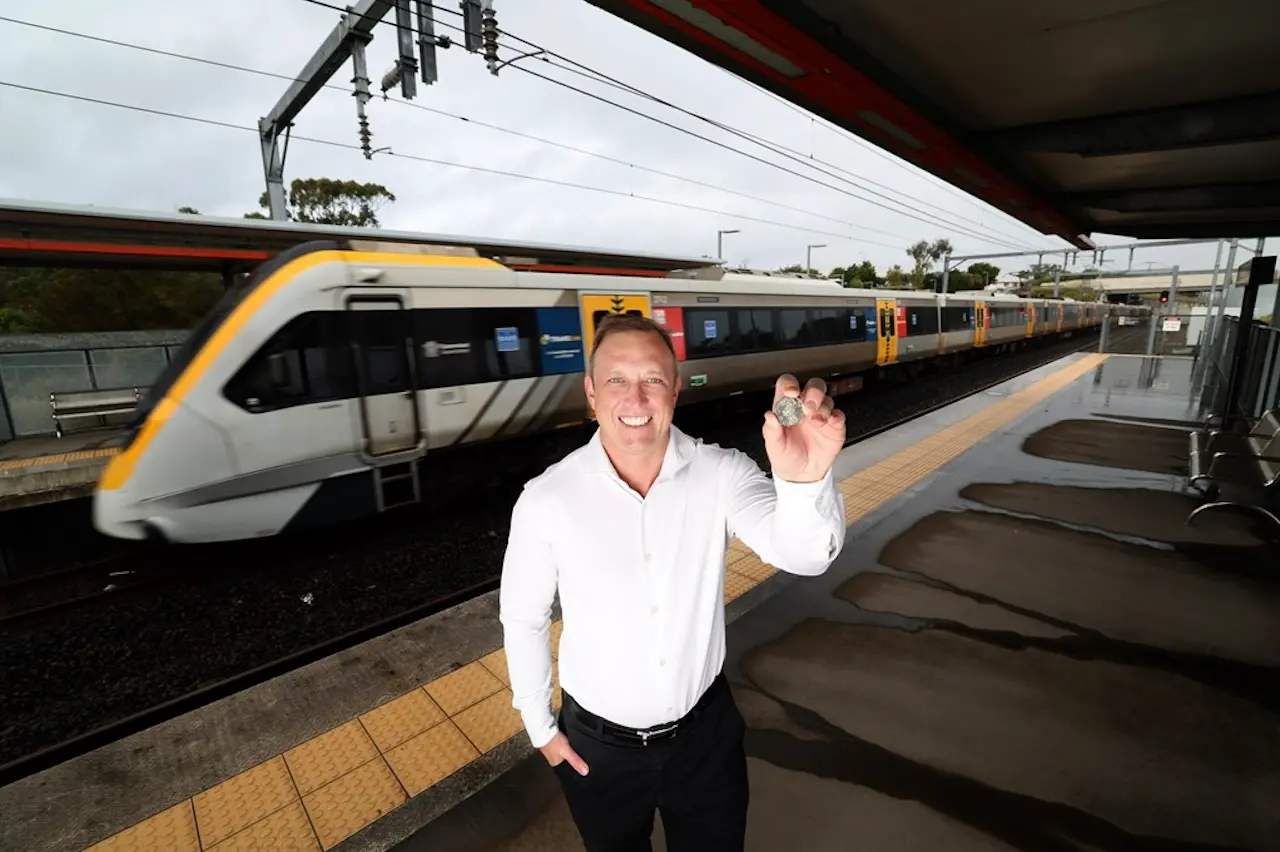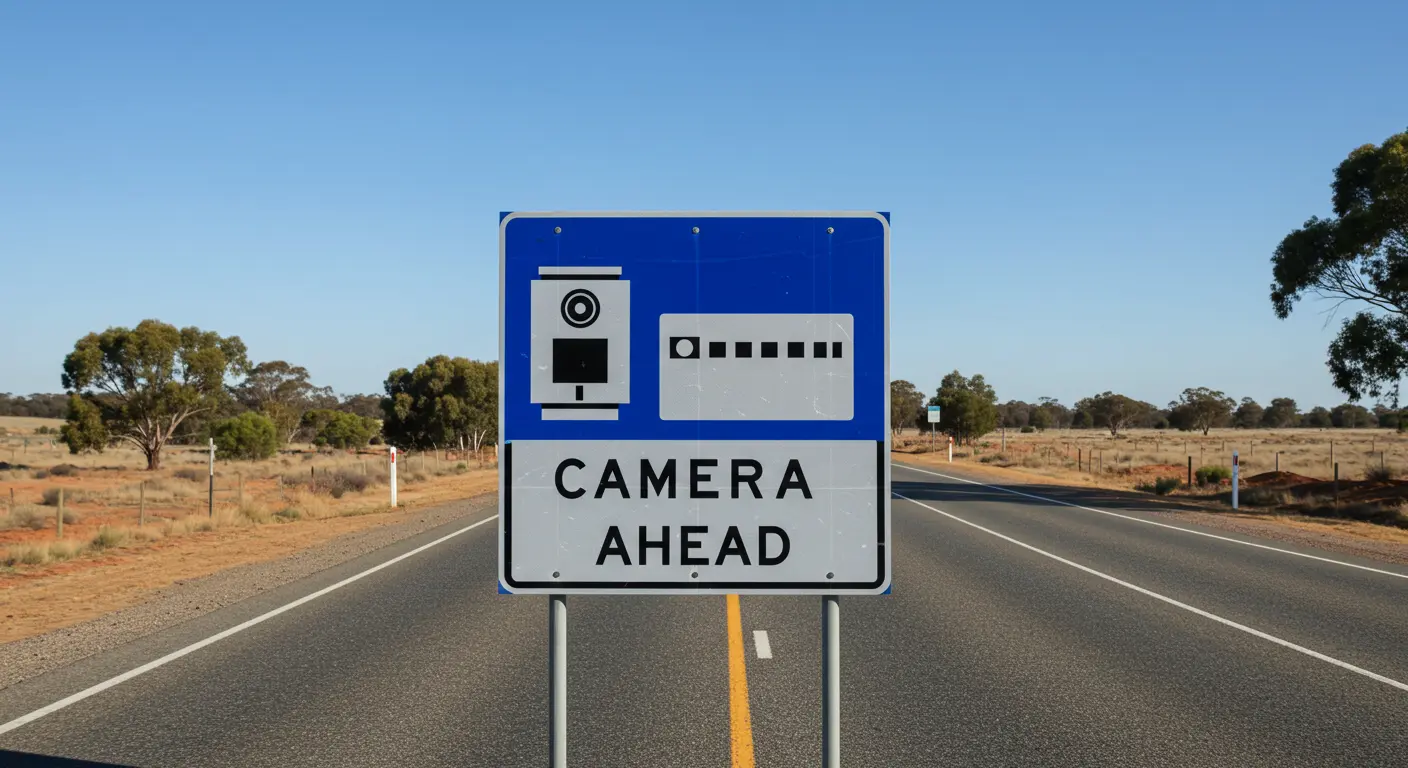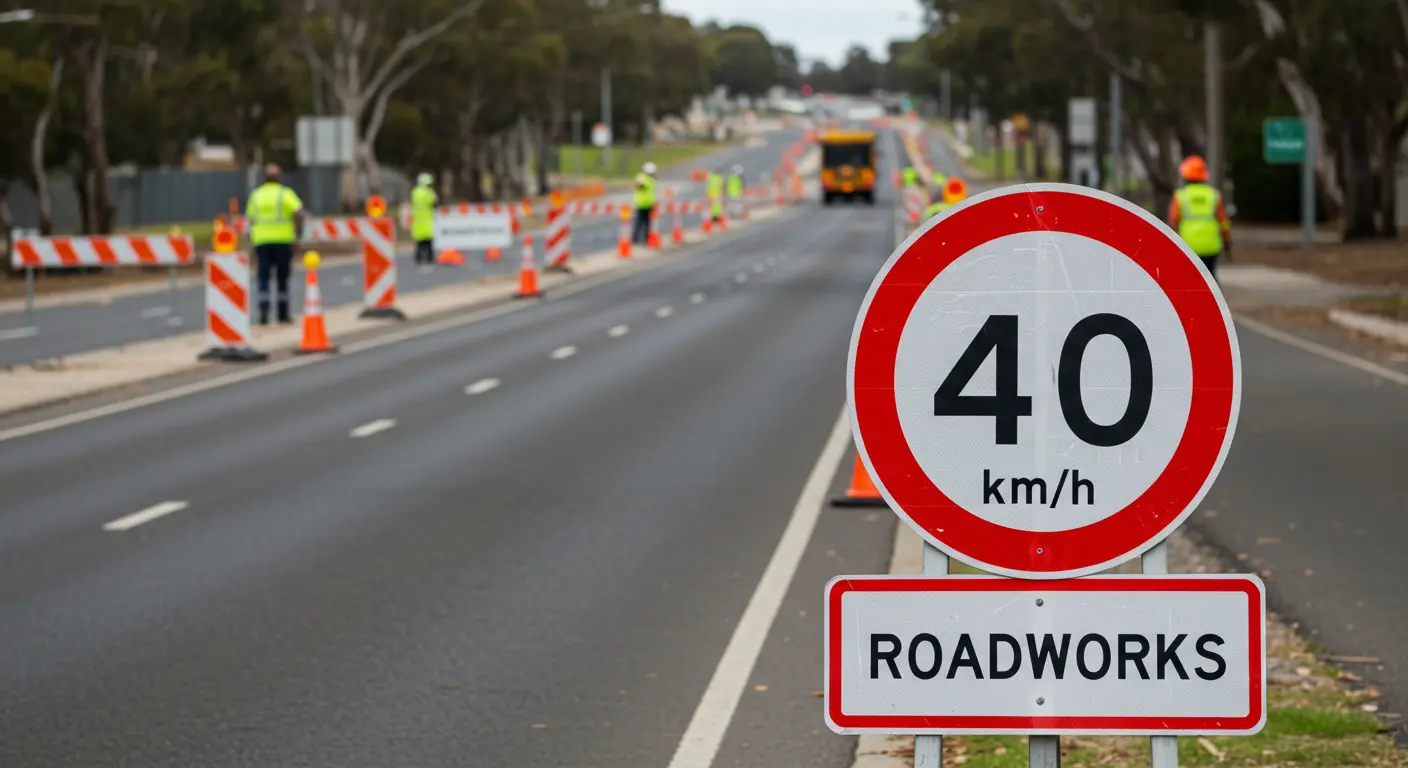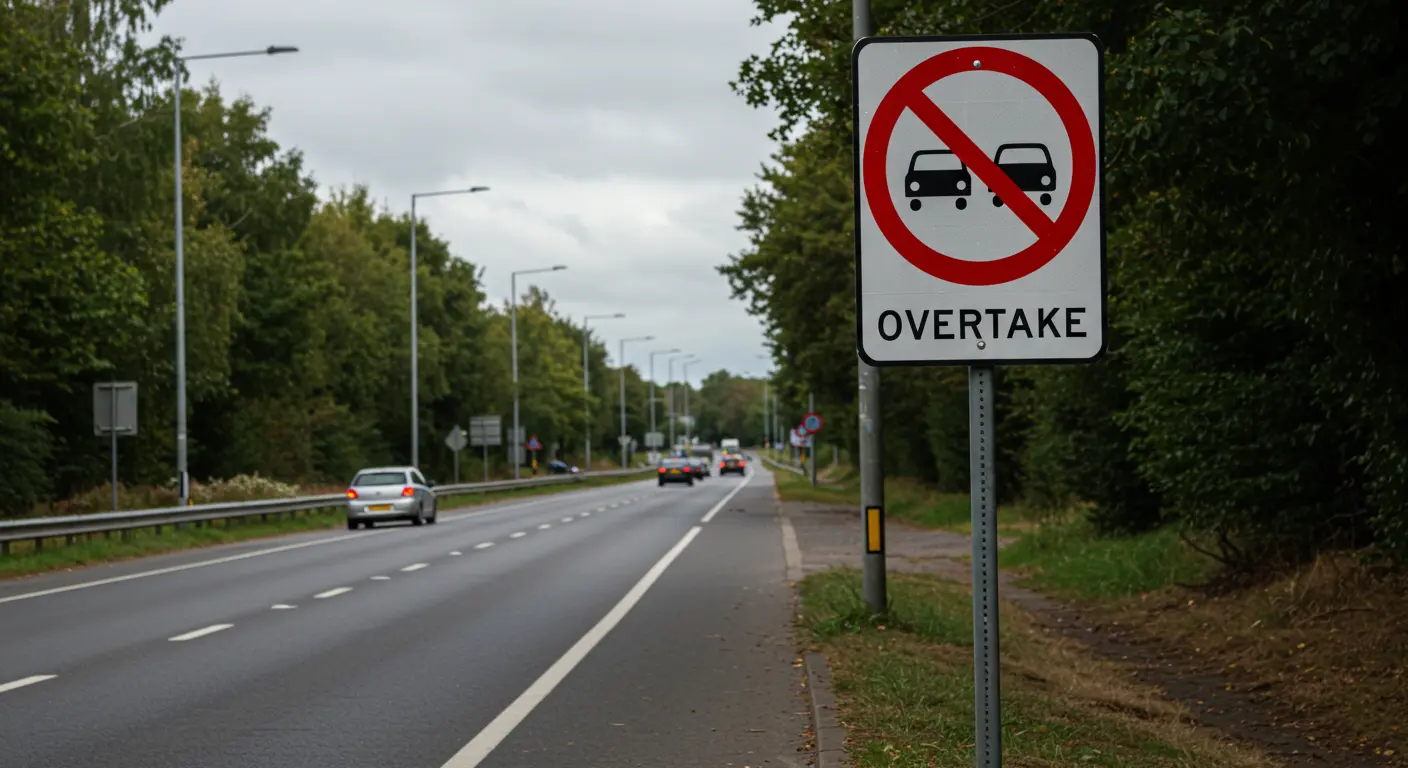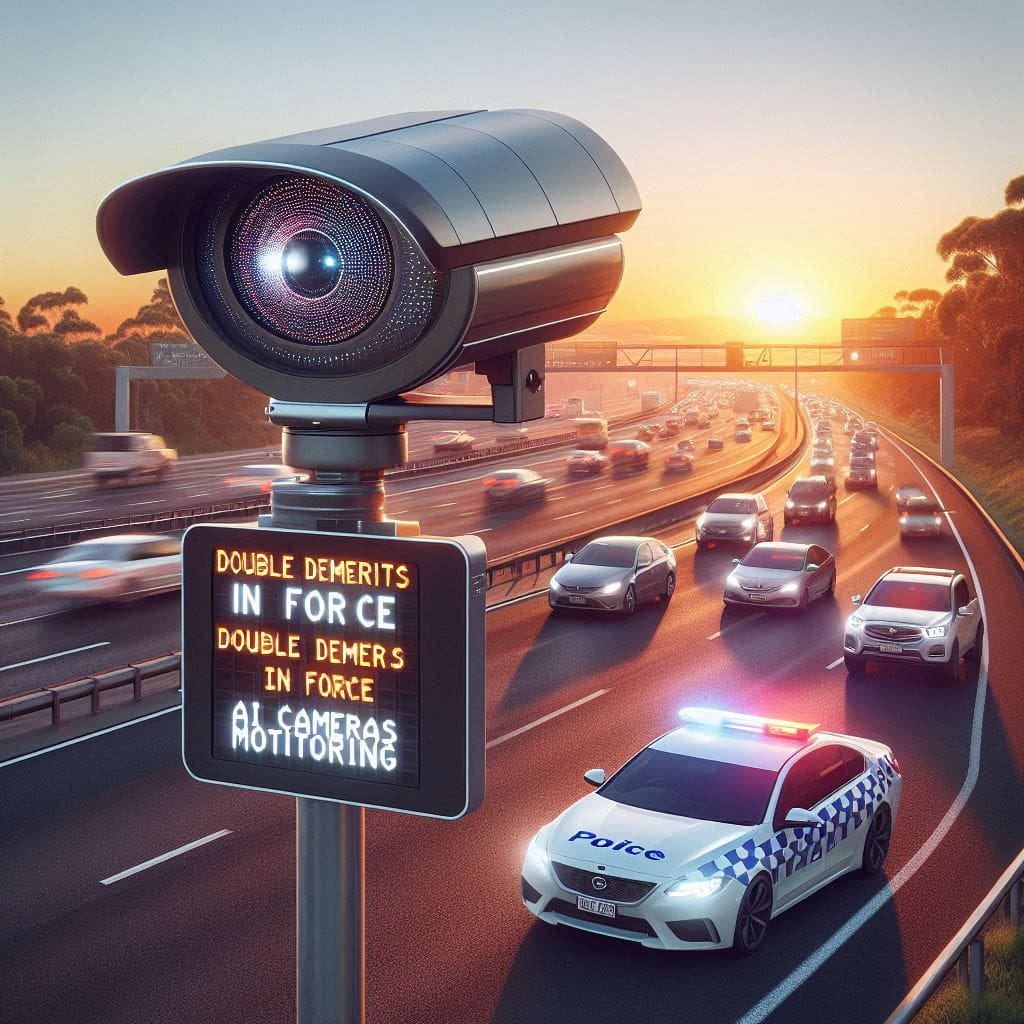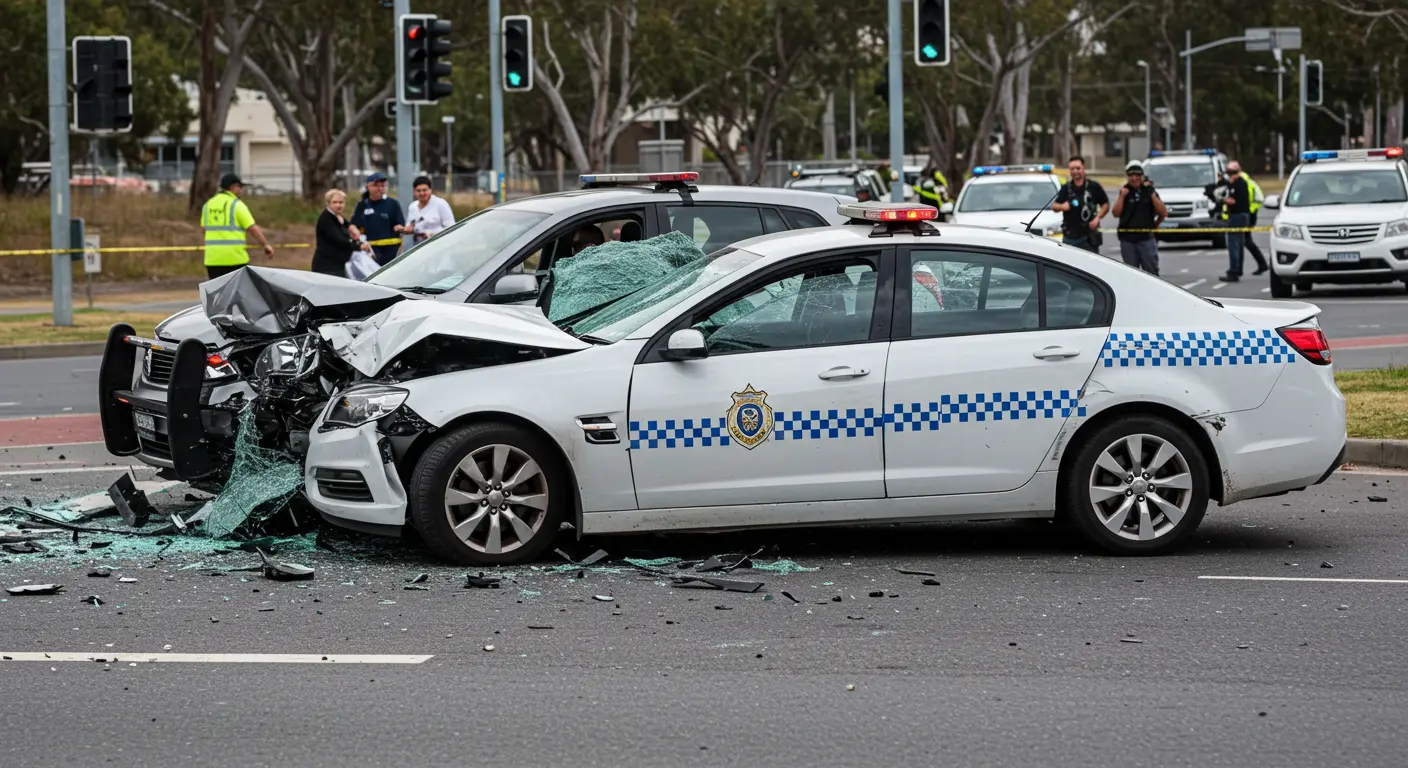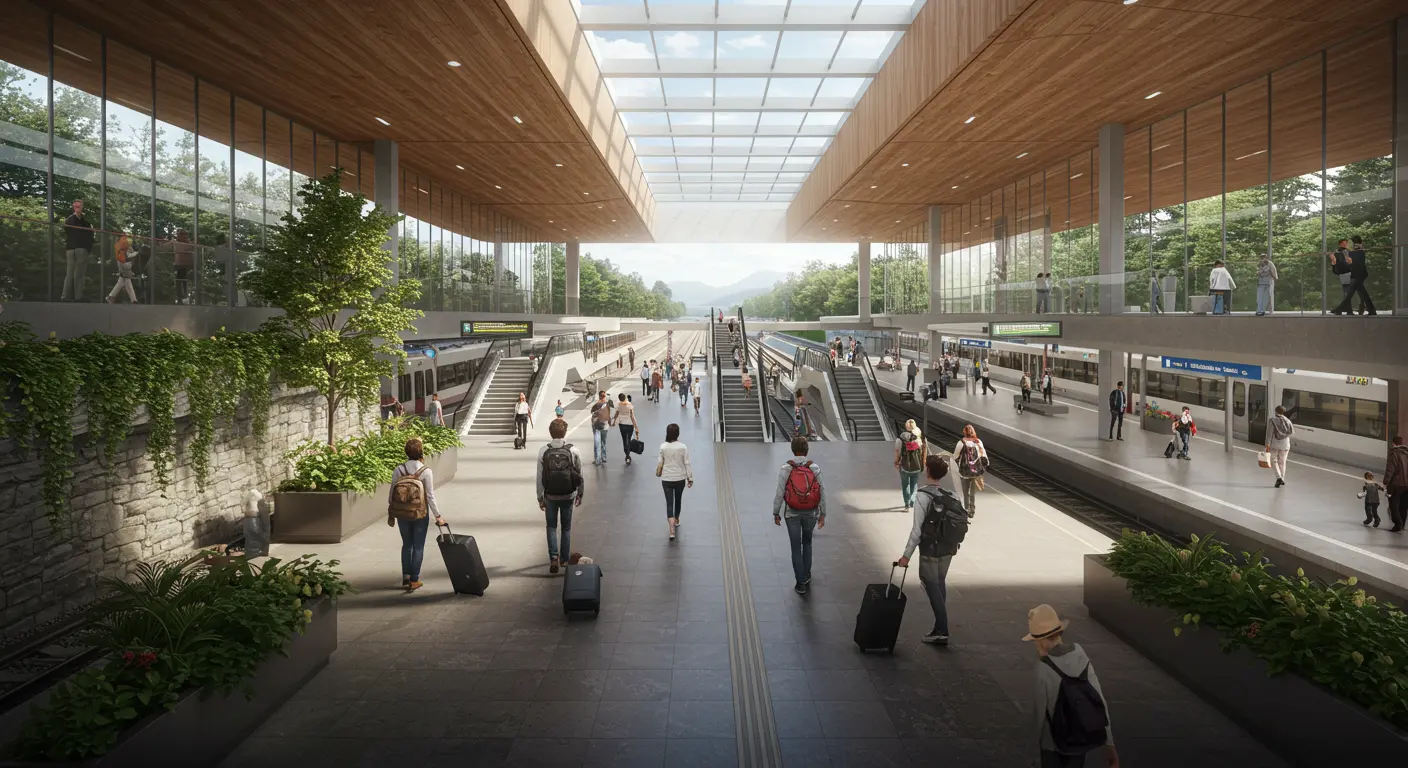For the past six months, Queenslanders have been enjoying some of the cheapest public transport fares in the country. At just 50 cents per trip, whether it’s a five-minute bus ride in Brisbane or a four-hour train journey from Gympie to the Gold Coast, the initiative has dramatically increased public transport usage. But has it been a game-changer for commuters, businesses, and congestion? Let’s break down the numbers.

Public Transport Usage Soars
New data from the Department of Transport and Main Roads reveals a significant 18.3% increase in public transport patronage compared to 2023.
- Train travel: Up 18.6%
- Bus travel: Up 15.8%
- Light rail (trams): Up 27.5%
- Ferries: Up 42.8%
The biggest surge has been in leisure and weekend travel, with people taking advantage of ultra-low fares for outings they previously couldn’t afford. Transport expert Matthew Burke from Griffith University attributes the spike in ferry and light rail usage to tourism and recreational trips.
How Much Are Commuters Saving?
The cost-of-living benefits have been substantial.
- A commuter taking the train from the Gold Coast to Brisbane five times a week has saved $3,640 over the past six months.
- Workers commuting from Brisbane’s outer suburbs into the city have saved just under $1,000.
- Collectively, Queenslanders have saved $181 million since the fare reduction began.
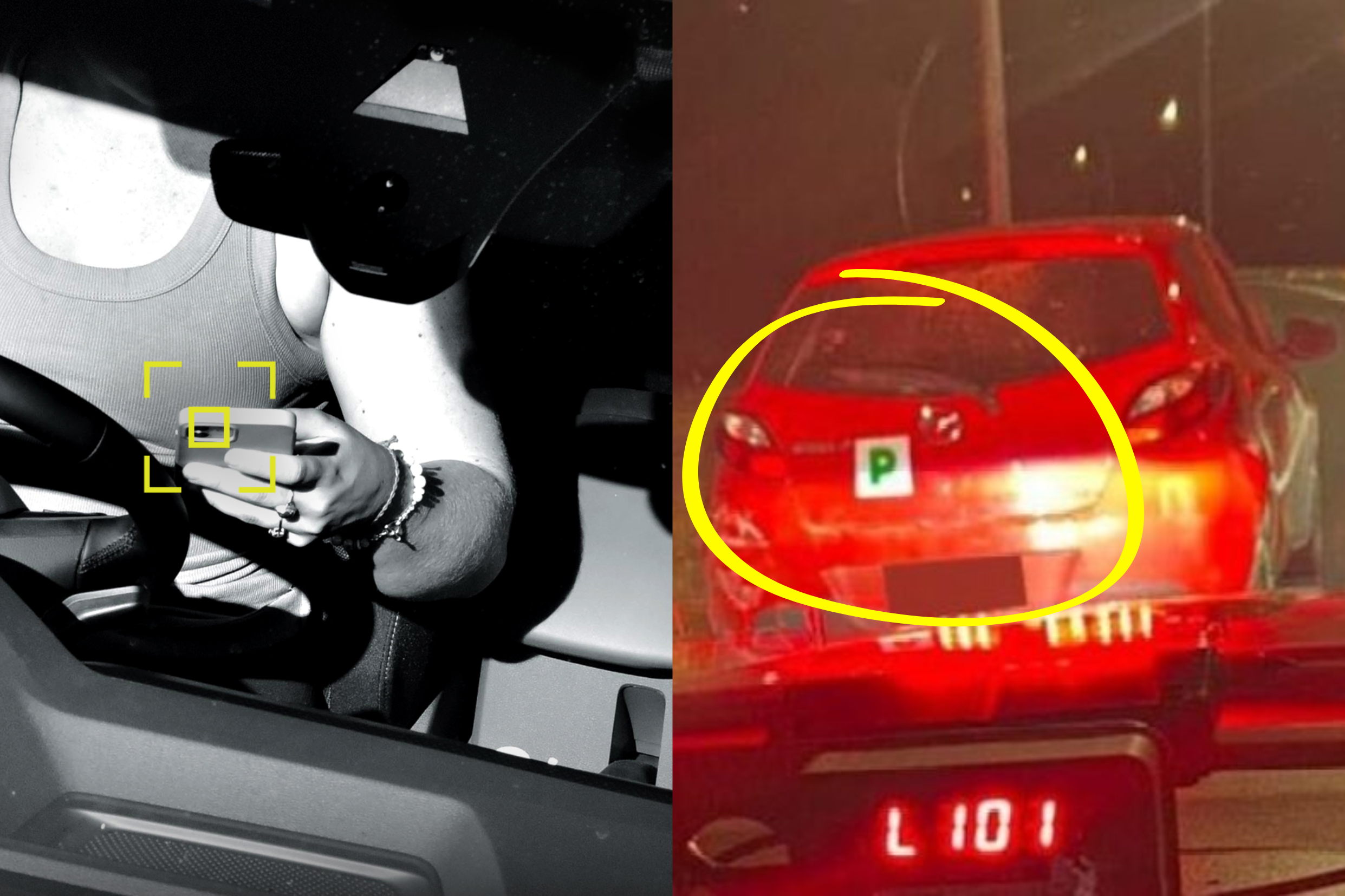
Where Are Public Transport Numbers Growing the Most?
While Brisbane’s inner city saw a steady rise, the biggest growth in public transport usage occurred outside metropolitan areas:
- Gympie: Up 49%
- Sunshine Coast: Up 37%
- Noosa: Up 35%
- Gold Coast: Up 21%
- Townsville: Up 49%
- Mackay: Up 40%
Challenges: Infrastructure and Accessibility
Despite the boost in passenger numbers, infrastructure upgrades have limited potential growth. The ongoing Cross River Rail project, bus stop renovations, and station upgrades have caused disruptions that made public transport less accessible for some.
Professor Burke also pointed out that some areas still lack reliable public transport services:
“If you live in Eagleby and there are only six or seven services a day, you don’t have many opportunities to take public transport, even with cheaper fares.”
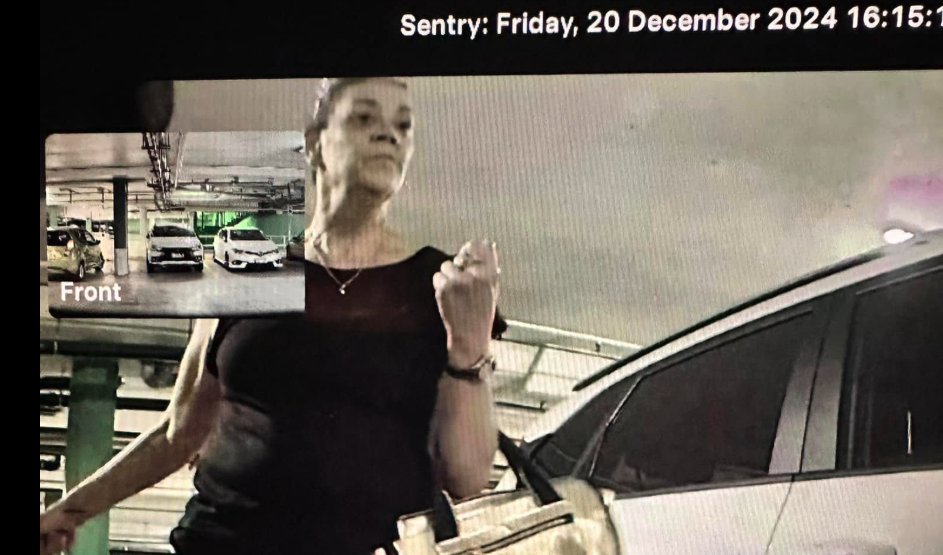
Does It Reduce Traffic Congestion?
While there’s no definitive congestion data, Brisbane Lord Mayor Adrian Schrinner believes the fare reduction has positively impacted traffic, especially as some buses and ferries are now running at full capacity.
To manage increased demand, Brisbane is set to roll out a new bus network and Metro buses, which are more than 24 meters long and can carry up to 170 passengers, compared to the standard 80-passenger Brisbane bus.
Social and Business Benefits
The reduced fares have done more than just save commuters money—they’ve helped families reconnect, boosted tourism, and supported local businesses.
Leanne Wood from Anglicare noted that lower fares have allowed people to visit family, explore the city, and attend events they previously couldn’t afford. Emma Clarke from the Queensland Business Chamber added that businesses have benefited from increased mobility, allowing employers to access a wider workforce and encouraging more consumer spending in key hubs like the Gold Coast and Brisbane CBD.
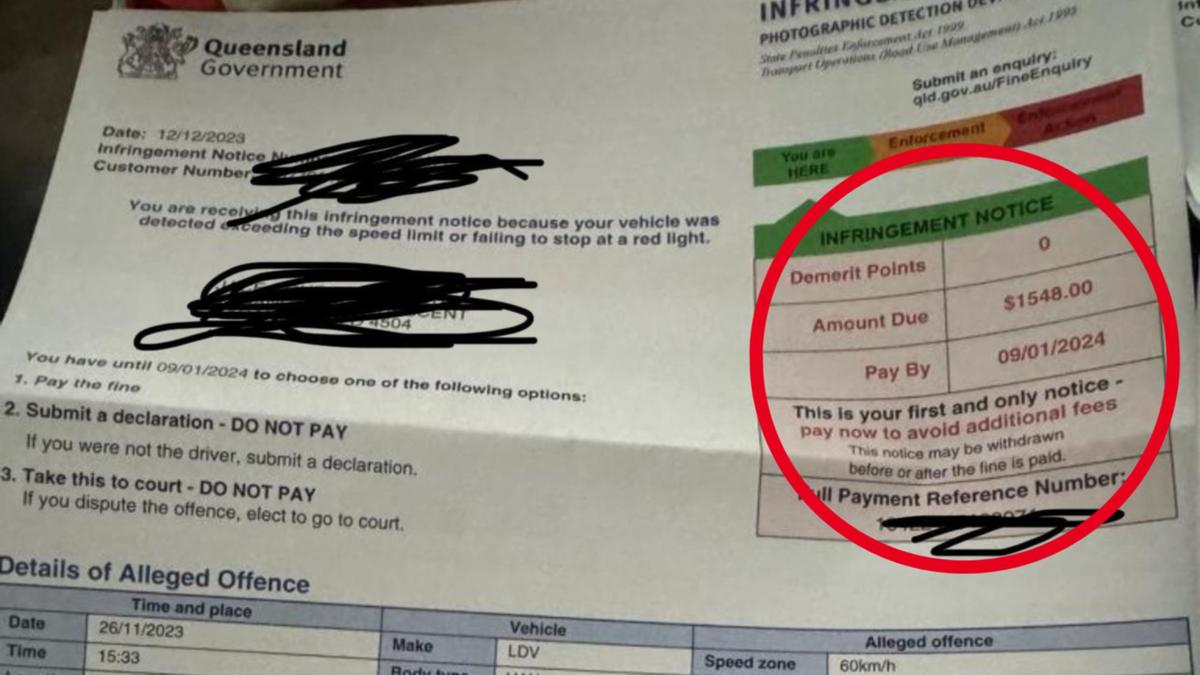
Final Verdict: A Smart Move?
While infrastructure constraints remain a challenge, Queensland’s 50-cent fares have been a resounding success in increasing public transport usage, saving commuters money, and boosting local economies. With strong growth in regional travel and tourism, the scheme could pave the way for long-term transport affordability solutions. The next step? Ensuring adequate services and infrastructure can keep up with rising demand.
What’s Next?
With the scheme now permanent under the LNP government, all eyes will be on how capacity issues are addressed and whether service frequency will improve, because what’s the point of cheap fares if the transport isn’t available when you need it?
Let our experts do the hard work so you can drive away with the best price. Start exploring today. Find out more!
